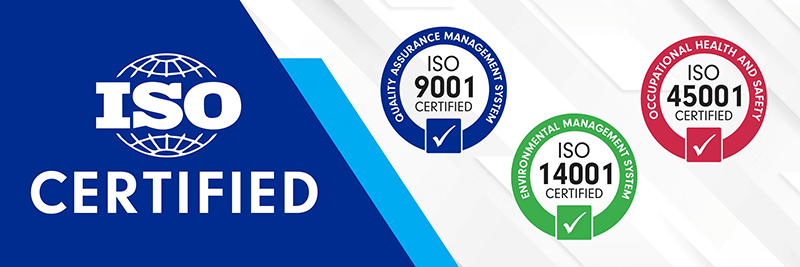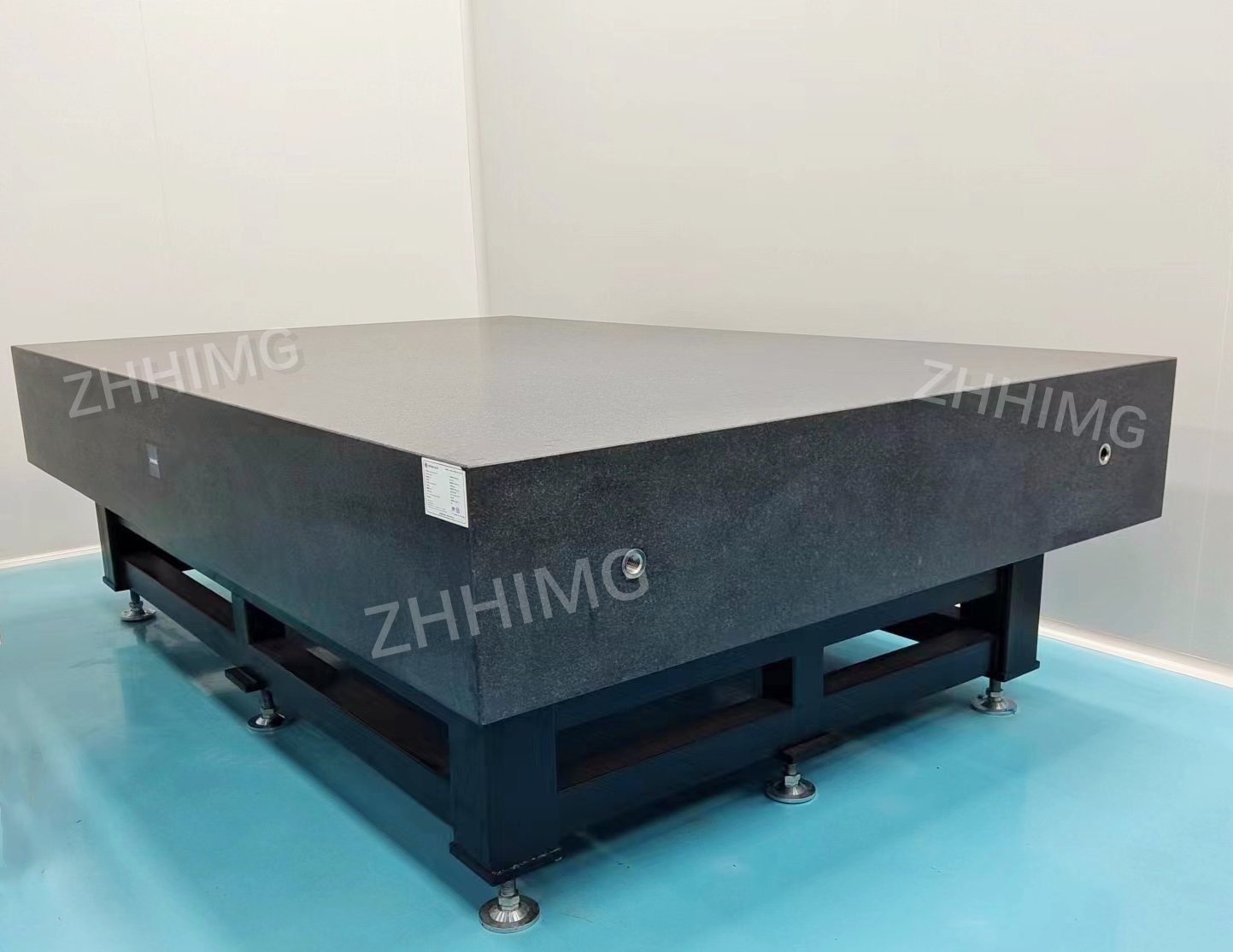In the field of precision processing equipment, the quality of laser bonding of granite bases directly affects the stability of the equipment. However, many enterprises have fallen into the predicament of declining accuracy and frequent maintenance due to neglecting key details. This article deeply dissects quality risks to help you avoid hidden risks and enhance production efficiency.
I. Bonding Process Defects: The "Hidden Mode" of the Precision Killer
Uneven thickness of the adhesive layer causes the deformation to be out of control
The non-standard laser bonding process is prone to cause a deviation of the adhesive layer thickness exceeding ±0.1mm. In the thermal cycling test, the difference in the expansion coefficient between the adhesive layer and the granite (about 20×10⁻⁶/℃ for the adhesive layer and only 5×10⁻⁶/℃ for the granite) will cause a linear deformation of 0.01mm/m. Due to an overly thick adhesive layer, the Z-axis positioning error of a certain optical equipment factory deteriorated from ±2μm to ±8μm after the equipment had been in operation for 3 months.
2. Stress concentration accelerates structural failure
Poor bonding leads to uneven stress distribution, forming local stress of more than 30MPa at the edge of the base. When the equipment vibrates at high speed, microcracks are prone to occur in the stress concentration area. A case of an automotive mold processing center shows that the bonding process defect shortens the service life of the base by 40% and the maintenance cost increases by 65%.
Ii. Material Matching Trap: The Overlooked "Fatal Weakness"
Resonance is caused by the density of granite not meeting the standard
The damping performance of low-quality granite (density < 2600kg/m³) has decreased by 30%, and it is unable to effectively absorb energy under high-frequency vibration (20-50Hz) during laser processing. A certain PCB factory's actual test shows that when using a low-density granite base, the chipped edge rate during drilling is as high as 12%, while that of high-quality materials is only 2%.
2. The adhesive has insufficient heat resistance
Ordinary adhesives can withstand temperatures below 80℃. In the high-temperature environment of laser processing (locally exceeding 150℃), the adhesive layer softens, causing the base structure to loosen. A certain semiconductor enterprise caused damage to laser heads worth millions due to the failure of adhesives.

Iii. Risk of Missing Certifications: The Hidden Cost of "Three-No Products"
The base without CE and ISO certification hides potential safety hazards:
Excessive radioactivity: Undetected granite may release radon gas, posing a threat to the health of operators.
False marking of load-bearing capacity: The actual load-bearing capacity is less than 60% of the marked value, leading to the risk of equipment overturning.
Environmental protection non-compliance: VOCS-containing adhesives pollute the workshop environment and are facing environmental protection penalties.
Iv. Guide to Avoiding Pitfalls: The "Golden Rule" of Quality Control
✅ Material double inspection: Granite density (≥2800kg/m³) and radioactivity test report are required;
✅ Process visualization: Select suppliers that use laser interferometer to monitor adhesive thickness (error ≤±0.02mm);
✅ Simulation test: ** thermal cycling (-20 ° C to 80 ° C) + vibration (5-50Hz) ** double test data are required;
✅ Complete Certification: Confirm that the product has CE, ISO 9001 and environmental SGS certification.
Post time: Jun-13-2025

